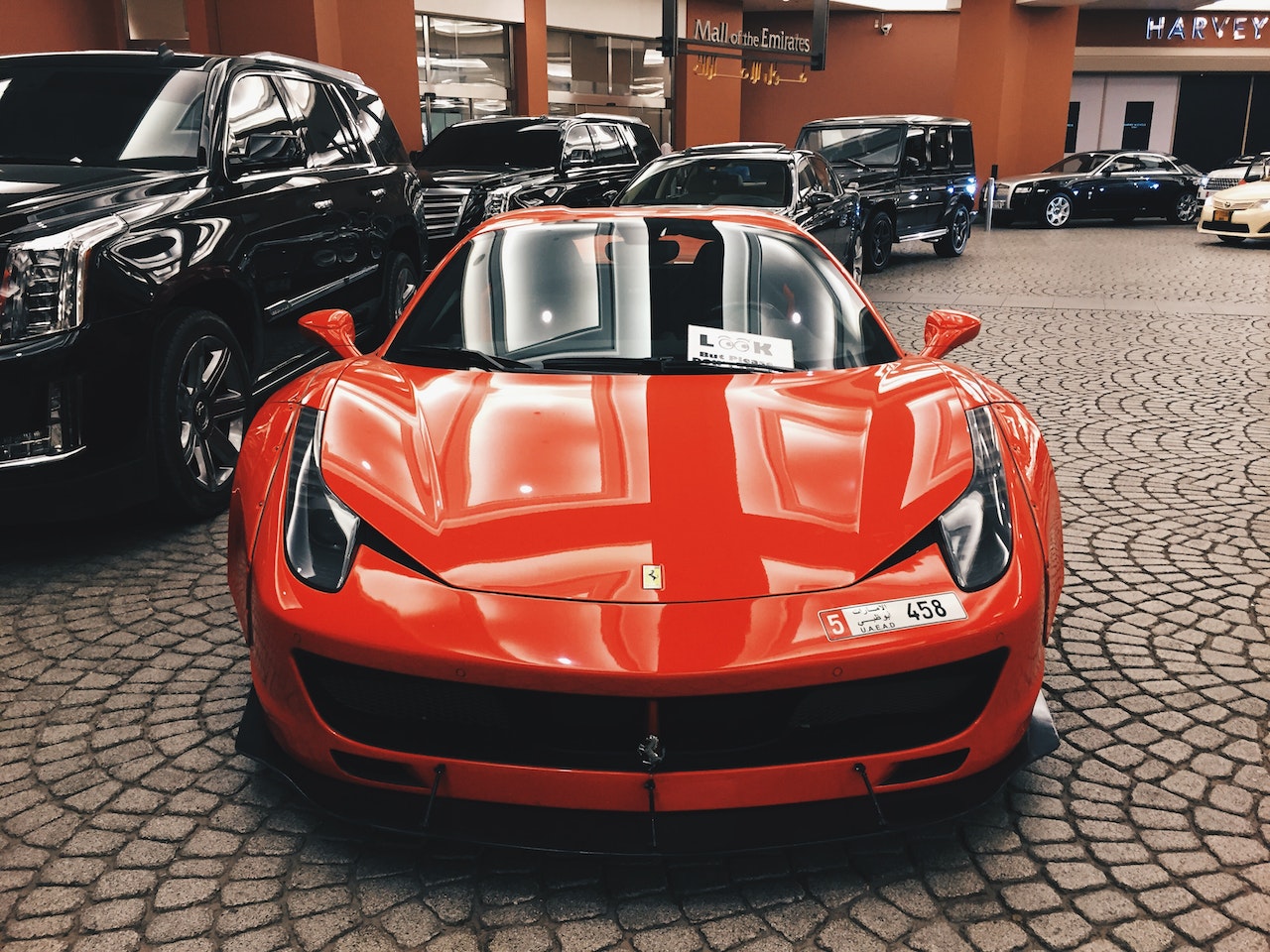You may have heard of automobile modification if you’re a proud car owner and want to jazz up your ride. Your car can be decorated in a variety of ways. A few people decide to install body kits. Car body kits are among the most popular additions for automobile enthusiasts nowadays because they increase the appearance of the car and its entire performance. It’s more complex than it seems to install a body kit, though. There is a lot to learn about body kits, and this article shares a few pieces of information.
Primary differences between body kit materials
- FRP body kit
The most popular substance for body kits is FRP. When customers see this, they frequently assume “plastic,” but it’s not. Polyester resin is added to the glass fibre foundation of FRP products to create three dimensions. Some of his FRP sections are primer, while others have a gel-coat finish. Due to its inexpensive production, simplicity of modification, and ease of machining parts, FRP is most frequently used for body kits. Before painting, all FRP body kits require surface preparation and cleaning. For more information, see the installation section. FRP’s major flaw is that it is readily broken if it falls to the ground or collides with a bumper.
- Polyurethane body kit
Polyurethane is the second most typical material used for body kits. Rubber-like polyurethane is incredibly flexible and long-lasting. In contrast to fibreglass bumpers, polyurethane bumpers can endure impacts without breaking or ripping badly. Polyurethane body kits do have some disadvantages, though. Body kits made of polyurethane are expensive to make and sell. Polyurethane body kit moulds are substantially more costly because the material is injection moulded. Due to this, fibreglass car body kits are a much better option than polyurethane body kits. The fact that polyurethane components weigh more than fibreglass is another disadvantage. To stop sagging, support brackets are frequently needed.
Carbon fibre body kit
Carbon fibre is used to make the priciest body kits. The glossy protective coating applied to the carbon fibre gives the weave more depth. Painting or colour matching is not necessary for the carbon fibre body kit. However, sanding and precise painting of the carbon fibre component are advised to add a UV protection layer. The parts that use carbon fibre the most frequently are bonnets, bumper lips, side skirts, and spoilers. A limited number of broad-body kits and bumper-body kits are also available.
Type of body kit
Four different body kit types have dominated the market for automotive personalisation over the last few decades.
- Lip Kits
For newbies, lip kits are a terrific place to start. Although it is reasonably priced on the market, its design significantly enhances the look of your car and is simple to install. In a word, it just bolts on.
- Bumper Kits
Another form of upgrade that can significantly enhance your car is a bumper kit. The standard appearance gains personality and weight by substituting these bad boys for the factory bumpers.
- Wide-body Kits
The car’s fenders are lengthened by broad body packages, which also widen the car’s profile with large bumpers. Most seasoned vehicle enthusiasts consider this kit a must-have, which is a good excuse for others to replace a broken bumper.
- Full body kit
The costliest is a full-body kit because it typically requires a total car makeover from front to back. Veteran fans advise staggering costs by focusing on particular regions first.
Aside from these four kits, some auto retailers might sell entirely personalised kits to highlight the character and distinction of a hobbyist’s car at a competitive price.

